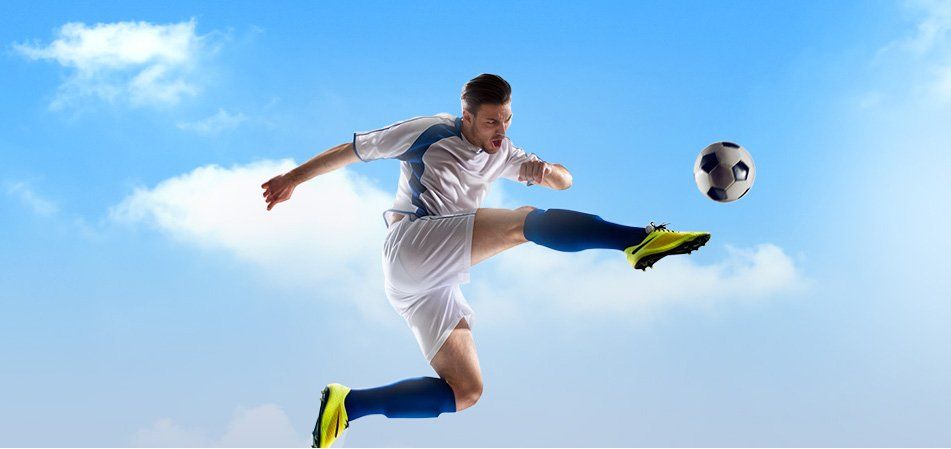Hip Groin Disorders
Hip and groin disorders are more common in athletes, caused by rapid acceleration and deceleration motion.
The rehabilitation time for hip and groin injuries are longer than most other injuries, therefore early and accurate diagnosis is essential. The management of hip and groin injuries is complex due to the presence of multiple anatomic structures in that region. Moreover, the signs and symptoms of most hip and groin disorders are similar making the diagnosis difficult.
Based on the onset of the disorder (acute or insidious), hip and groin disorders are categorized as:
Those with an acute onset:
- Muscle strains
- Contusions (hip pointer)
- Avulsions and apophyseal injuries
- Hip dislocations and subluxations
- Acetabular labral tears and loose bodies
- Proximal femur fractures
Those with insidious onset:
- Sports hernias and athletic pubalgia
- Osteitis pubis
- Bursitis
- Snapping hip syndrome
- Stress syndrome
- Osteoarthritis
The common sports that result in hip and groin injuries are those which require regular bending, kicking and turning movements such as soccer, ice hockey, basketball, football and tennis. In addition, sports that involve running can also produce hip and groin disorders.
Causes
The common causes responsible for hip and groin disorders are as follows:
- Trauma
- Overuse
- Muscle strength and limb length abnormalities
- Incoordination around the lumbo-pelvic region
- Decreased abdominal stability
- Inguinal wall weakness
- Increased shear forces around the hemi-pelvis region
Symptoms
Hip pain, one of the common symptoms patients complain of, may not always be felt precisely over the hip joint. Pain may be felt in and around the hip joint and the cause for pain may be multifactorial. The exact position of your hip pain suggests the probable cause or underlying condition causing pain. Pain felt inside the hip joint or your groin area is more likely to be because of problems within the hip joint. Likewise, the pain felt on the outer side of your hip, upper thigh or buttocks may be a result of problems of the muscles, ligaments, tendons and soft tissues surrounding the hip joint. However certain disease conditions affecting other parts of your body such as lower back or knees also can cause hip pain.
Diagnosis
The diagnosis of hip and groin disorders involves the following steps:
- Subjective examination that includes complete medical history, past treatment, nature of injury, etc.
- Physical examination
- Observational evaluation of sitting and standing posture, gait patterns from frontal and sagittal plane, muscle wasting, rotational difference between both legs and leg length variances
- Range of motion tests
- Palpation
- Ligament stress tests
- Muscle testing
- Neural tests
Treatment
The treatment of hip and groin disorders includes physical therapy or exercise therapy, which includes different rehabilitation programs such as warm up, strengthening program and sport specific training. Along with exercises, medications may also be prescribed. Self-care and pain relieving anti-inflammatory medications offer symptomatic relief. However, the exact cause for the pain needs to be addressed. Practicing certain measures can avoid aggravation of pain and improve the quality of life. Avoiding physical activities that may worsen the pain, stretching the quadriceps and hamstring muscles and performing warm up exercises before actual exercise regimen help to improve the condition. Applying ice packs over the region of pain for about 15 minutes three to four times daily reduces both pain and swelling. Surgery is considered in patients who fail to respond to a conservative line of management.

















